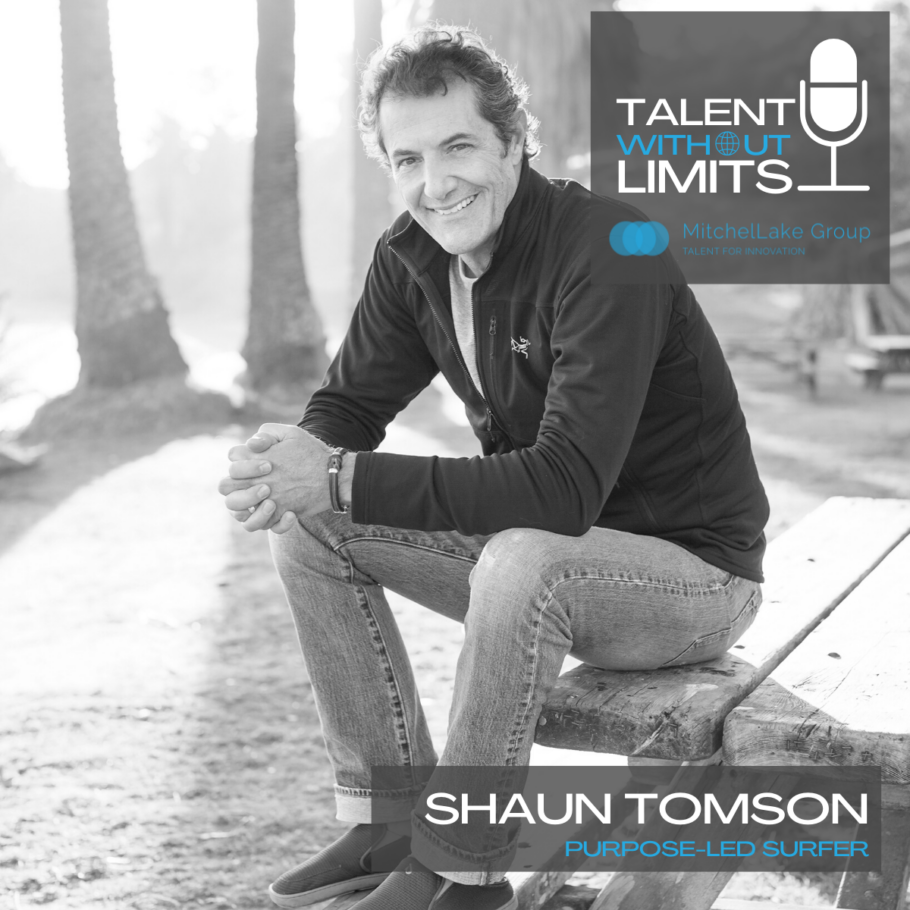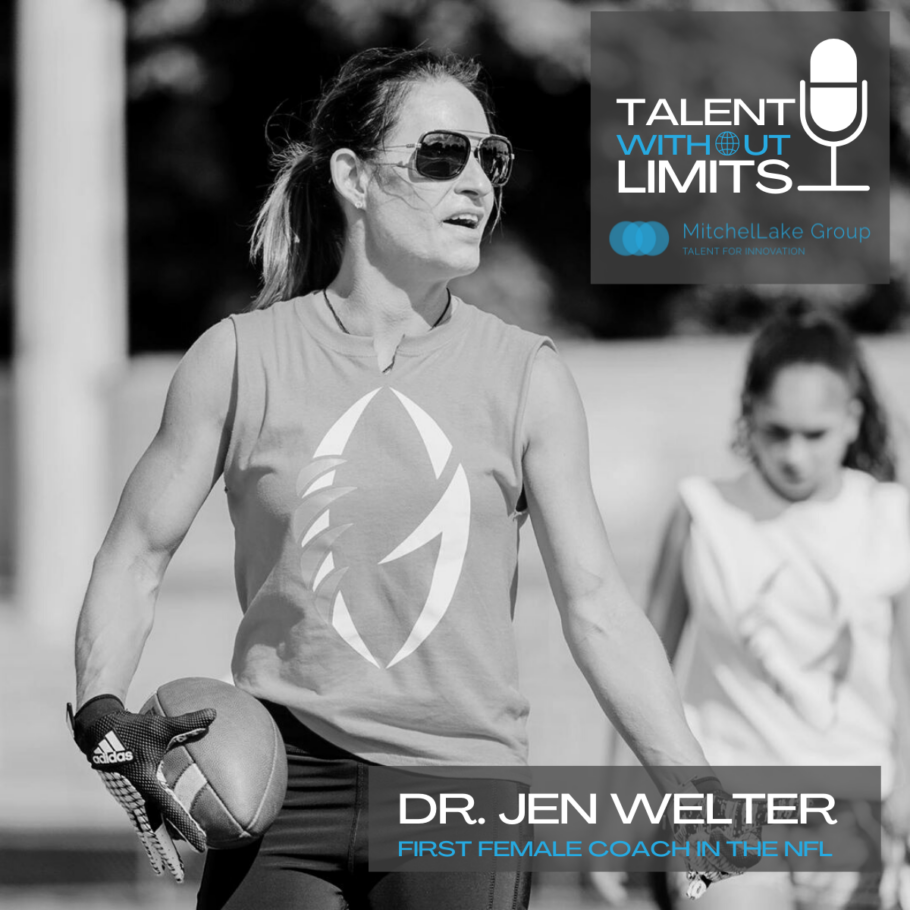Building a Bank – a conversation with Anne Boden, CEO of Starling Bank – the UK’s leading Neobank Posted at 0:00, Mon, 27 November 2017 in Industry Insights
You would have to be living under a rock in Sydney to miss the rumblings that a few digital consumer banks are on the way in Australia. Xinja just this week announced their entrance loudly to the market through their raise via Equitise. A new way to bank is coming to Australia. So when I recently travelled back to the UK I was fortunate enough to have the opportunity to sit down with one of the pioneers of new-age banking – Anne Boden. Anne is the CEO of Starling Bank the UK’s first ever “NeoBank” to provide a Current Account. Through our conversation we were able to discuss the creation of how NeoBanks came to be, why Anne decided to “just build a bank” and some great lessons along the way for future bank builders in Australia.
Matthew Parker: There have been a few new Digital banks launch over the past 3 years in the UK, why is this happening now? What has created the right circumstance for this to occur?
Anne Boden (AB): It all started post financial crisis in 2008/2009 where there was a considerable amount of consolidation in the financial services sector in the UK. So much so that in March 2013, the regulator issued a new set of processes for getting banking authorisation.
This new set of processes allowed for something called “Option B” – a new way of getting a banking license. Previously, you had to have all your capital, all your systems, everything finished before you could get a banking license. But realistically you couldn’t raise money and people wouldn’t join you without a banking license, so it was a catch 22. So Option B created a two stage process – an authorisation with a restriction allowing you to build systems and raise capital, allowing you to function as a fully fledged bank once everything was in place.
This resulted in a number of new entrants into the banking market, at one time there were 20 or 30 new banks going through this process. Very few actually got to the end of this process, and even fewer decided to launch retail banks. We became the first of these retail banks to provide a current account in the UK.
MP: What has been the demand for digital-only banking in the UK and where do you see the future opportunity?
AB: I’d spent 30 years in traditional banking around the world. I’d come to the conclusion that it is very difficult to transform an incumbent bank – legacy systems, legacy people, legacy customers, legacy everything! It’s quite difficult to restructure as well, with raising customer demands, a focus on new technology and in the context of a new regulatory environment. So I decided I couldn’t fix the old system, so I decided to start from scratch.
There’s a few things going on in the market at the moment – we have new technology really changing people’s lives. A population that want to do everything on their smartphone and who want more choice in almost every aspect of their life. We also have the advent of machine learning which is really changing things for the better. Above all of this we also have new legislation in Europe. Payment Services Directive – the original PSD (2006/2007) introduced the concept of an eMoney license and the latest PSD2 is introducing a new way for organisations to relate to banks – Open APIs. These allow banks like Starling to share data with companies the customer trusts.
Customers can permission selected companies to have access to certain parts of their data, and this allows us to create a marketplace. Starling will do current account banking, but if you want a mortgage, we will have a selection of mortgage brokers on our marketplace, and our customers can choose to share their data with that broker. This will give them access to the best deal by using real time customer transactions. The on-boarding is also much easier as we’ve already KYC’d the customer so we can pass that information on. In that marketplace we’ll have a number of products like asset managers, insurers, mortgage brokers, that give the whole gamut of services that customers require.
We also have various products such as “flux” and “yoyo” which operate similar to loyalty products, but with a micro amount of detail on your transactions, so not just that you had lunch, but what sandwich you had with your diet coke. This allows business to offer hyper targeted rewards to their customers.
Overall, everyone has been quite surprised by the popularity of what we are offering. While we were going through the building process 2014/15, we were thinking we were competing with the incumbents for current account switching, but the market has been blown apart and there’s so much enthusiasm from people wanting to do things in a new way. We’ve been deluged with people wanting to try the product. The new banking models are attracting hundreds of thousands of new customers where people previously weren’t changing banks or ever opening up new current accounts.
MP: So what sits behind the bank? Did you build the technology from scratch or are you building on top of another banking platform?
AB: We decided to build the technology from scratch, its more usual to use a banking package, but we decided that a new bank deserves new technology. We were able to take a lot of technology and practices that are now well established in other industries and bring that to banking. We believe that technology is a big differentiator, we are really confident in our team of 40 engineers (and growing), and we’re really confident in the platform we’ve built.
MP: Earlier in the year you raised $54million, what are some of the unique challenges of raising money as a bank vs a non-bank technology company?
AB: A lot of the tax breaks for investing in technology start-ups are not available for investing in banks. The big issue is that normally people raise a few hundred thousand, have an idea and launch it. Then raise a slightly bigger amount and do a bit more and by the time they’re raising four or five million, they have a product in market with customers. But the problem with building a bank is that the entry ticket is 50 million, that gets you the banking license, building the software and having the underlying capital to start the bank. But when you go to raise that money, you have zero customers, and zero product, so the bet is enormous and typically it’s not suited to the VC world.
MP: What have been some of the key regulatory frameworks that had to change in order for new digital banks to be created?
AB: First of all, the phasing of the banking regulation we discussed earlier with Option B. Secondly, the rules have changed allowing new entrants into the payment schemes, and finally, the general acceptance from everyone that the process needed to be described better so you knew exactly where you were in the process. It was hard being the first company to go through this process and hopefully things have got better to people coming in behind us.
MP: How did you stagger your hiring priorities? Did you focus on hiring banking people, or technology people?
AB: Well we needed different people at different stages of the journey. In the early stages when it’s very high risk, you have to have people who can bare that risk, so typically people at either the start of their career or the end of their career. So these people tend to know either a lot or nothing at all. This situation is very humbling as everybody is learning and everybody is rolling up their sleeves to get things done regardless of your “position”.
As you get bigger, you need different set of skills; the risk starts to slowly get smaller, and you can attract different people who find it very attractive working in a “start-up”. But then you’re also going through regulation, so there’s a lack of certainty on who you are – a start-up, or a bank? Then once you’re regulated and the product is out there the true, gritty, start-up feel changes, and the start-up people are no longer interested in what the business is.
We’re quite a sophisticated technology company as much as we are a bank and we’re very lucky that we can hire the best engineers in the world because we’re doing something unique and interesting. We’re still at the start of this journey.
MP: What advice would you give to the new banks starting up in Australia at the moment?
AB: All of us need to take our part in pushing the envelope. We’ve done so much here in the UK with creating new banks, new software and regulation. For the people that come a few years later they have to break new ground rather than just doing the same otherwise we don’t get real progress. We’re really looking for the next iteration in banking development.
Back in January 2014 when I quit my job to start a bank, people thought I was mad. I’d go to a networking event and people would ask me what I did and I’d say “I’m starting a bank”. I could visibly see people stepping away because “people don’t start banks”, and the people who do, start with a couple of billion. So we’ve now made it something you can “do”. We went all over the world to talk about Starling, but most people thought it couldn’t be done, it took a lot of resilience. I’m very excited to be doing something good for consumers in an interesting way and I hope we can continue our journey of pushing the envelope and doing new things.
MP: How did you make it through where others didn’t?
AB: There are lots of people who start banks who don’t have the hunger or the skill base to do it. Lots of executives leave banks and say they’re gonna start a bank, but they tend to be the people who are normally in investment banking roles rather than operational or technology or transaction banking roles. Banks have one set of people who have lots of money and can effectively raise that money but don’t have the skills, and another set of people who have the skills but not the money. So I see a lot of people who are enthusiastic about starting a bank but don’t know what’s involved and don’t spend enough time focusing on consumers and what they really need and care about.
MP: So what is next for yourself and Starling?
AB: The big next thing for us is that we’ve just joined Single European Payments Area – SEPA, so we will be able to passport into Europe, we’ve also just joined the Irish Payment Schemes. In December we on-boarded another few hundred business accounts with the view to move into Europe at the start of this year. We also built all of this on new technology and realised that we had this full new infrastructure of a payments business so we’ve started to allow other businesses to use that payment platform.
In regards to Australia, we’ve had a few people come to ask if they can build Starling Bank in Australia, but that’s still quite far away, we need to keep razor sharp focus on what we’re building in Europe, there’s a lot to do!



